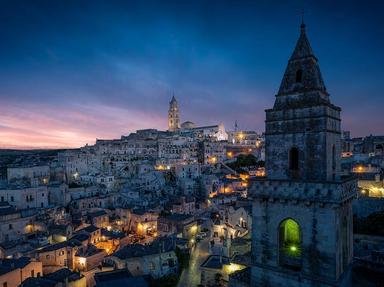
Tales of the Grand Tour 4 Trivia Quiz
Although Italy was the main destination on the Grand Tour, it's hard to imagine how tourists dealt with the politics of the time, as many of the cities had their own type of government. See if you can match the destination to its city or area.
A matching quiz
by ponycargirl.
Estimated time: 4 mins.
- Home
- »
- Quizzes
- »
- History Trivia
- »
- European
- »
- Italian